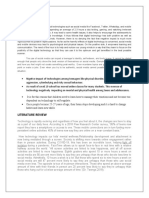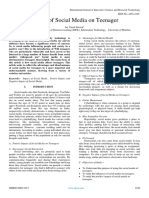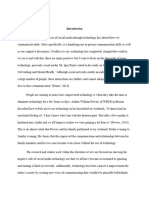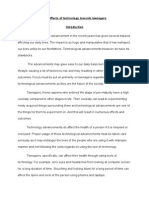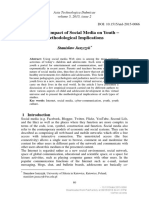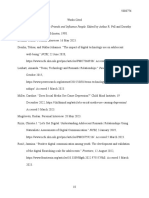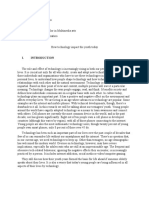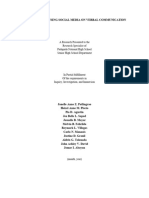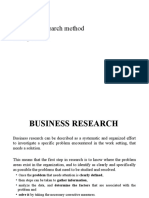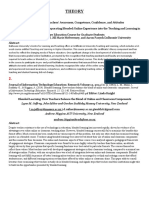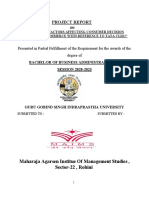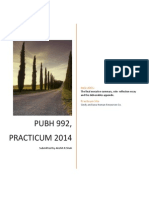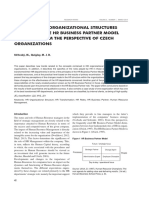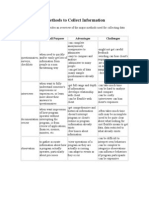0% found this document useful (0 votes)
30 views15 pagesResearch Paper Groupwork
This document explores the social impact of technology on teenagers aged 12 to 17, highlighting both positive and negative effects on their mental health, self-esteem, and interpersonal relationships. It emphasizes the importance of understanding how technology influences identity formation and social interactions, while also addressing issues like cyberbullying and excessive use. The research aims to analyze these dynamics through a mixed-methods approach, combining quantitative surveys and qualitative interviews to provide a comprehensive view of adolescents' experiences with technology.
Uploaded by
edurdozamora188Copyright
© © All Rights Reserved
We take content rights seriously. If you suspect this is your content, claim it here.
Available Formats
Download as DOCX, PDF, TXT or read online on Scribd
0% found this document useful (0 votes)
30 views15 pagesResearch Paper Groupwork
This document explores the social impact of technology on teenagers aged 12 to 17, highlighting both positive and negative effects on their mental health, self-esteem, and interpersonal relationships. It emphasizes the importance of understanding how technology influences identity formation and social interactions, while also addressing issues like cyberbullying and excessive use. The research aims to analyze these dynamics through a mixed-methods approach, combining quantitative surveys and qualitative interviews to provide a comprehensive view of adolescents' experiences with technology.
Uploaded by
edurdozamora188Copyright
© © All Rights Reserved
We take content rights seriously. If you suspect this is your content, claim it here.
Available Formats
Download as DOCX, PDF, TXT or read online on Scribd
/ 15
